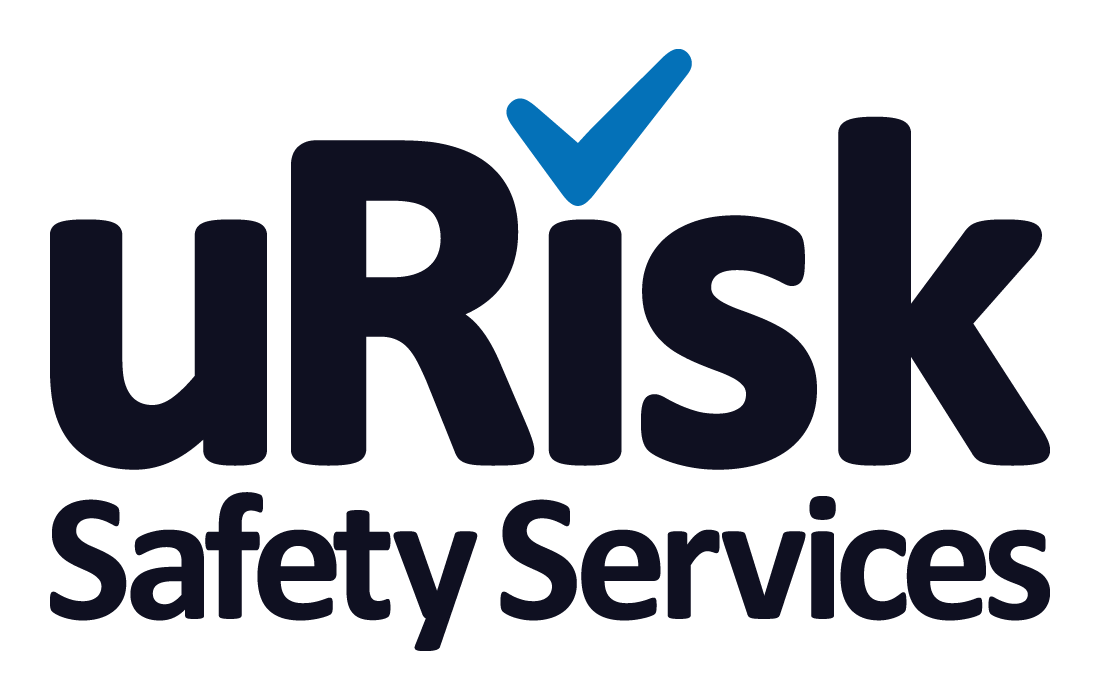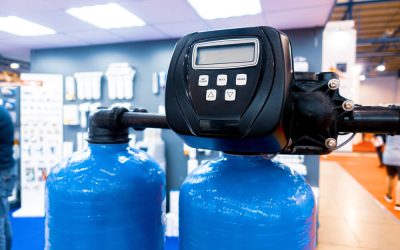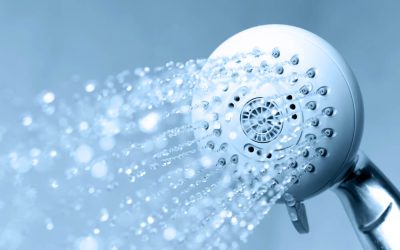No Results Found
The page you requested could not be found. Try refining your search, or use the navigation above to locate the post.
How often should a TMV be serviced? The Official Recommendations.
A thermostatic mixing valve (TMV) is a device that ensures the water temperature is always at a safe and comfortable level which prevents people from scalding themselves. Hot and cold water passes through the valve on its way to the tap, ensuring it is at a safe temperature by the time it reaches the water outlet.
Hot water needs to be kept at a temperature of 60oC in order to prevent bacteria such as legionella from breeding. As water at such a high temperature will scald the skin, it is necessary to cool it for safe use. This is especially important when it comes to accessible bathrooms, as some users wouldn’t be able to move away from the water quickly enough to prevent scalding, and others may have conditions where they cannot physically feel any temperature changes.
Mostly, TMVs are needed for baths and showers, but in situations where users are particularly vulnerable, for safety, they should also be installed for sinks.
When it reaches the outlet, water through a TMV needs to be at a temperature of 38-46oC. Unfortunately, while these temperatures are great for humans, they are also optimum temperatures in which the legionella bacteria will breed, meaning there is a greater risk of the bacteria developing in pipes between the valve and the taps. TMVs should therefore be positioned as close to the outlet as possible.
The Health & Safety Executive recommends that risk assessments should be taken to assess whether or not a TMV is needed – and that TMVs should be removed if they are not necessary. Valves need to undergo regular maintenance and be regularly cleaned, descaled and disinfected. The guidelines state: “The risk assessment should define the frequency of inspection and monitoring depending on the type of use and user and particularly where there are adjustments made by the assessor to take account of local needs.” And this needs to happen: “Annually or on a frequency defined by the risk assessment, taking account of any manufacturer’s recommendations”.
Maintenance
Maintenance is an important part of keeping TMVs safe, and the documented schedule determined by your risk assessment must be followed. Tasks include water softening to prevent heavy scale deposits, especially in hard water areas, as these can provide breeding grounds for bacteria. The build-up of heavy scale deposits can also affect the efficiency of the system.
Regular checks of pre-set and fail-safe TMVs need to be carried out, as well as regular flushing of showers and taps.
Outlets used less frequently need to be flushed for several minutes on a weekly basis. The process must be logged in order to ensure it is carried out regularly – any missed flushing’s could result in a potentially dangerous increase of bacteria. In premises with people who are at high risk, e.g. care homes, flushing may need to be done more frequently. This will be indicated by the risk assessment.
Legionella and Water Hygiene Blog Posts
Comprehensive Water Softener Training Course for Professionals
Water softeners are essential for all many different businesses based in hard water areas. This means water softener training is essential for duty holders, responsible persons and facilities managers with responsibility for looking after cold water systems. ...
Where To Get A Legionella Assessment
Legionella risk assessments are an important part of your company’s health and safety policy. Under health and safety law, it is a requirement to identify, assess and manage the risks from all dangers that may arise from work activities, which includes the legionella...
Legionella Checks for Landlords
If you are a commercial or residential landlord, then legionella checks are a necessary part of your legal health and safety responsibilities. Why do you have to worry about legionella bacteria? Legionella bacteria can be dangerous because they are the cause...



